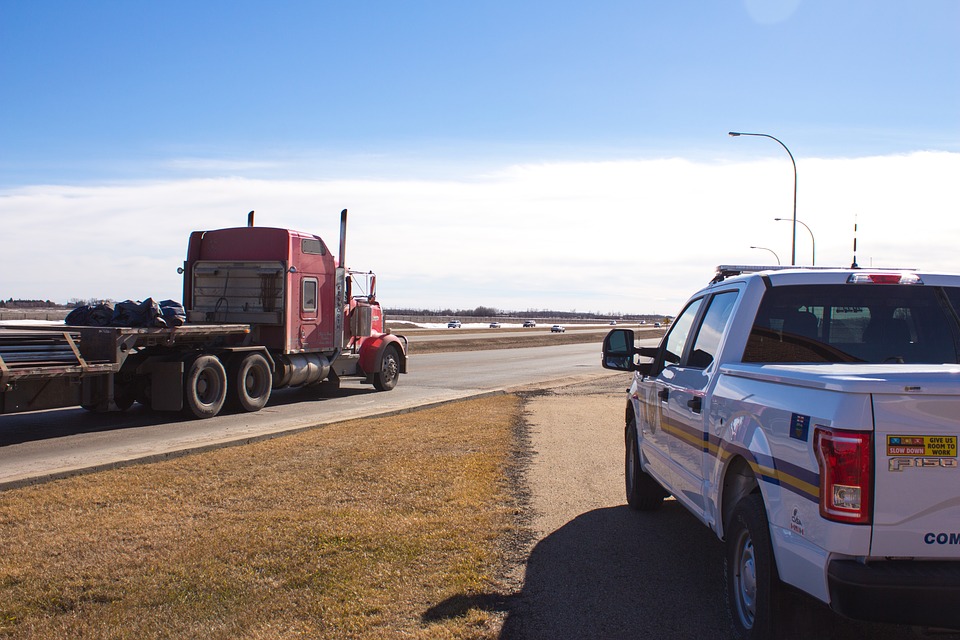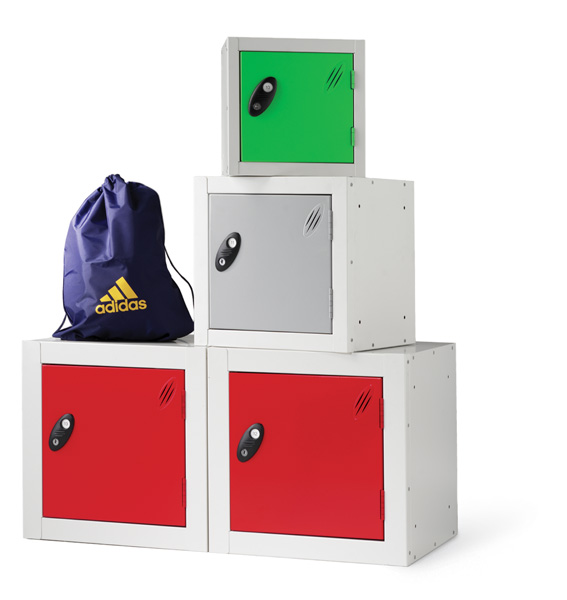Did you know that there are more than 800,000 commercial truck drivers in the United States? Transport trucks are responsible for delivering virtually every consumer good, from groceries to retail shopping products and essential supplies including metal, fuel, lumber, and other manufacturing necessities.
Each commercial truck driver is required to attain a special license to transport regulated weights of cartage, and additional training and certification is required to cart hazardous materials, including chemicals. Unfortunately, despite this training, trucks are involved in more than 3,500 fatal motor vehicle collisions in the United States annually. We share five things that truck drivers wish car drivers knew, to enhance safety on the roads with educated driving practices and to reduce commercial vehicle accidents.

1. The Safe Passing Side
Truck drivers may need to switch lanes quickly, if there is an upcoming bridge with low clearance. They are also typically very courteous drivers, and aware of the wind tunnel generated by their vehicle; truckers will generally switch lanes to avoid passing right beside a parked or disabled vehicle on the shoulder.
In the trucking industry, there is a saying regarding the method that motor vehicles should use to pass a truck. The left side of the truck is labeled the “passing side” where the right side of the truck is labeled “suicide.” Drivers should never attempt to pass a commercial truck on the right-hand side (in the slow or entrance merge lane), as trucks only momentarily occupy the passing lane, and can move over quickly without seeing another vehicle in the blind spot. It is the leading cause of collisions, and drivers should allow a large distance (approximately ten car lengths) between their vehicle and a commercial truck when passing.
2. Trucks Make Wide Turns
Have you ever been parked at a red light in an intersection, and watched a transport truck make a left turn? It is a wide and often difficult maneuver for truck drivers in an average-sized intersection. It’s even more difficult when it is an urban street or road where the width and distance between the truck, curbs, and even traffic light or electricity poles can make the navigation more perilous.
One of the things that complicates a wide turn for truck drivers is the position of cars at an intersection. Many drivers pull right to the edge of the white line at a stop light, not anticipating that a truck may require an extra 3-6 feet to safely navigate a tight turn. The truck is forced to stop rather than risk impacting the parked vehicle on the turn. It is good practice for drivers to leave a minimum of five feet between their idling vehicle and the stop line.
3. Trucks Have Multiple Blind Spots
Drivers can have many misconceptions about commercial truck drivers and their ability to see the road around them. It’s not hard to see why some drivers think that truck drivers would have a bird’s eye view of the surrounding roads and vehicles around them, given the height of the truck. However, it is that height that contributes to significant blind spots.
There are three primary risk zones that motor vehicle drivers need to be aware of when parking or operating a vehicle around commercial trucks. These three areas are called “no zones” by the industry, meaning that drivers should avoid staying within the zones to reduce the risk of collision.
Here are some rules of thumb for drivers to remember commercial truck blind spots and danger zones for smaller vehicles:
- If you cannot see the side mirrors of the truck, the driver cannot see you.
- If you cannot see the face of the driver in their truck mirror, they cannot see you or your vehicle.
- Always avoid entering the area between a truck and the right or left curb, if they have a turn signal on.
- Never spend a great deal of time directly in front of a commercial truck if you can avoid it. Trucks take more time to brake than average vehicles, given momentum from cartage weight, and they may not be able to stop in time to avoid hitting another vehicle, if forced to try to stop more quickly.
Drivers should always navigate their vehicles around commercial trucks with the assumption that the driver cannot see them, and always give large trucks additional room.
4. Avoid Driving Beside the Tires of a Commercial Truck
Highway driving sometimes means that you don’t have the room or alternate choices when it comes to traveling in front, behind, or beside a commercial truck. However, if traffic is not congested, avoid traveling parallel to the truck’s tires for long periods of time, to reduce your risk of a motor vehicle accident.
Transport truck tires are expensive, and often truckers have additional tread placed on tires to extend the life of the tire and reduce maintenance expenses. Also known in the industry as “recapping” or “remolding,” a commercial truck can lose the applied tread on one or more tires while driving at high speeds on the highway. You’ve probably seen the discarded black rubber tread on the shoulder of streets or freeways. Don’t be the vehicle that is traveling right beside the tire when the tread comes loose.
5. Truck Drivers Have Cameras
There was a time when drivers who were involved in motor vehicle collisions with commercial trucks could blame the truck for the accident. After all, authorities know that transport trucks and their drivers have significant safety challenges, including difficulty braking with short notice and multiple blind spots that increase their risk for a collision.
Today, truck drivers can pull loads worth millions of dollars. As such, cartage and logistics companies fit most trucks with front and rear cameras that digitally record the driver and the road around him or her. The first reason for video surveillance is loss prevention and deterrent to theft, but the second reason is to provide admissible evidence in court in the event of a motor vehicle accident. With video footage, it eliminates the question of blame in a collision, and truckers (who are professionally trained drivers) typically win in court with video evidence.
Help reduce the risk of motor vehicle collisions between cars and commercial trucks by thinking carefully about how you operate your vehicle around them, and ensure that you provide ample space and consideration for blind spots.




